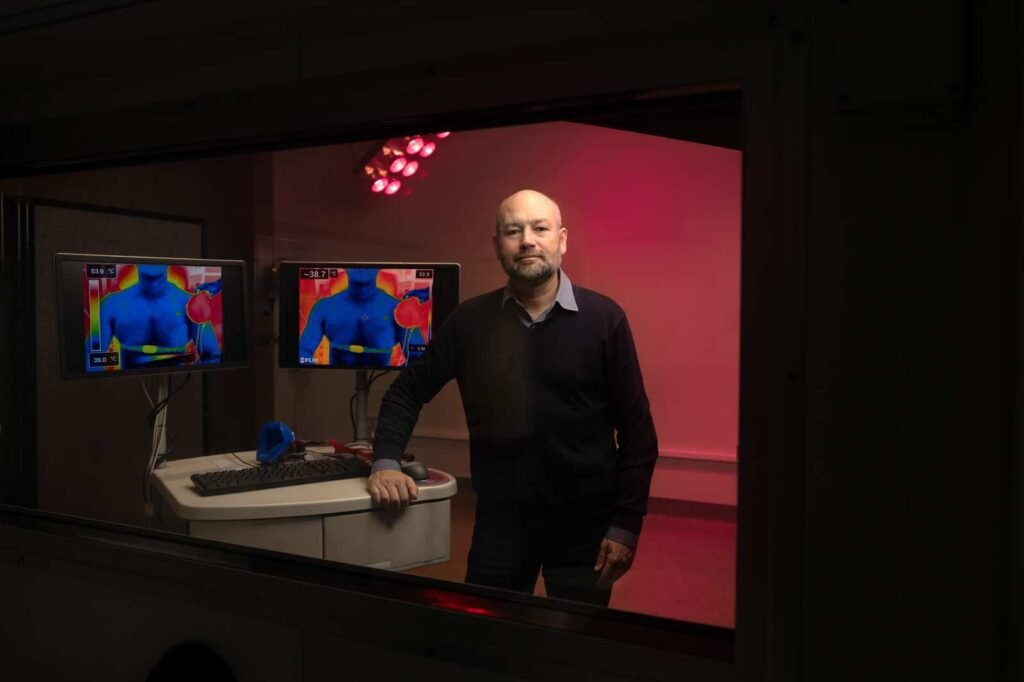Extreme heatwaves can have devastating consequences on the human body, leading to conditions such as heat stroke, heart attacks, kidney failure, and exacerbation of existing health issues. In light of this, experts from the University of Sydney are advocating for a paradigm shift in how heat waves are addressed by governments and policymakers. Instead of solely focusing on lowering air temperatures, they propose a more holistic approach that prioritizes cooling the human body.
Recent data has shown that heat-related deaths are on the rise, with projections indicating a four-fold increase by 2050 if global temperatures continue to rise. In a commentary published in Nature, Professor Ollie Jay and Dr. Federico Tartarini emphasize the importance of understanding how individual physiology impacts heat adaptation. They argue that predicting how individuals respond to extreme heat based on factors such as age, health conditions, medications, and access to cooling resources can be key to preventing heat-related illnesses and fatalities.
To help individuals assess their heat-related risks, Jay and Tartarini have developed HeatWatch, a tool that provides personalized heat-health risk forecasts and cooling recommendations. This tool has been piloted in Sydney and is now being expanded to culturally diverse communities across Australia. The ultimate goal is to create a global platform that can be utilized by public health organizations and policymakers worldwide.
By taking a physiology-first approach, the researchers believe that more sustainable and effective strategies for heat adaptation can be implemented. Traditional methods like air conditioning can be carbon-intensive and inaccessible to many populations, leading to the exploration of alternative cooling techniques such as using fans, water, and shade to reduce body heat. Additionally, modifying daily activities to avoid peak heat hours can also help mitigate the impact of extreme temperatures.
The research conducted by Professor Jay and Dr. Tartarini highlights the importance of recognizing the role of human physiology in heat stress management. By shifting the focus from lowering air temperatures to cooling individuals directly, innovative solutions can be developed to protect vulnerable populations during heatwaves. Through collaborative efforts and global partnerships, the hope is to create a more resilient and adaptive approach to addressing the health risks associated with rising temperatures.


